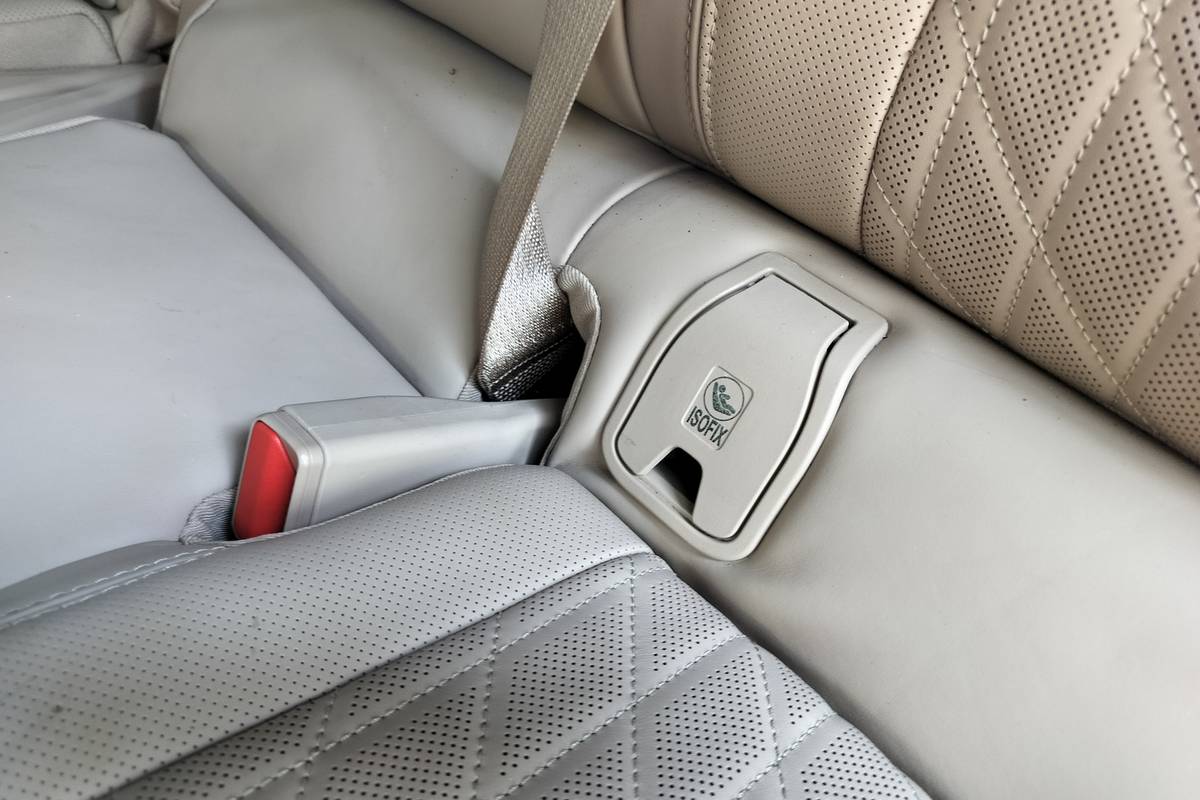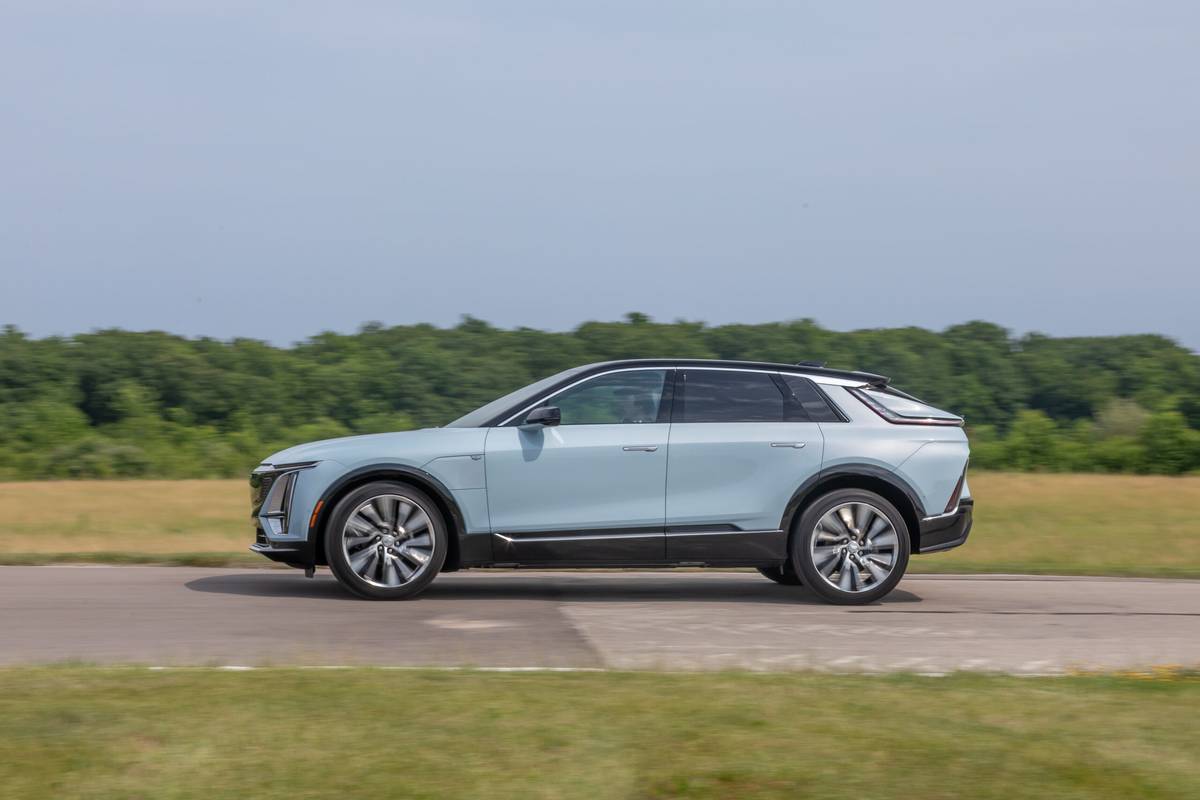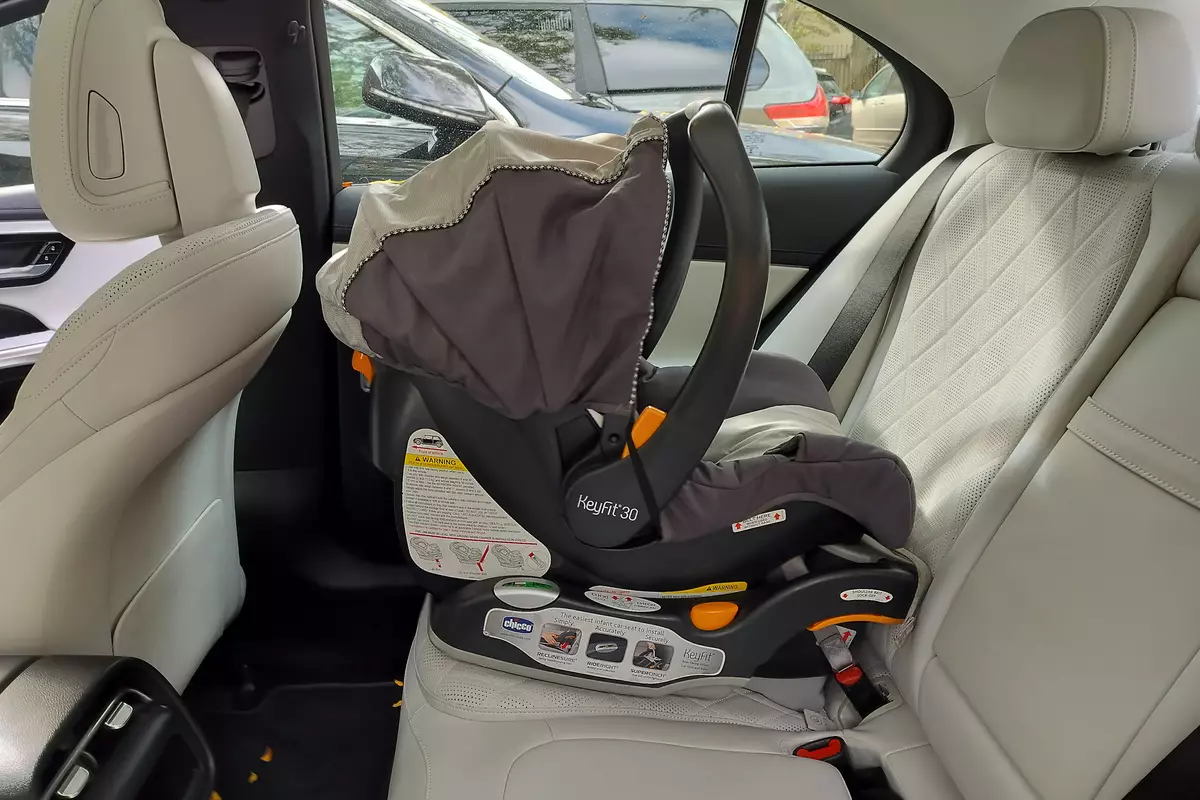chicagotribune.com's view
As we wound around the paved paths circling the Road America racecourse while test-driving a 1994 Chevrolet S-10 pickup truck, a snake crossed the blacktop directly ahead.
We ran it over first with the front tires, then the rear. But looking back in the rearview mirror we saw that the serpent continued to slither across the pavement into the weeds-apparently none the worse for tread wear.
“Only goes to prove that our vehicles are environmentally friendly,” said a Chevrolet official when we recounted the adventure.
Chevy people are not at a loss for turning adversity into opportunity. They’ve had ample experience with the former the last few years as Ford was eating their lunch in car, truck and sport-utility vehicle sales. So maybe it’s only fitting that the Chevy folk get to partake of some prosperity, starting with the coming model year.
Chevy chose Wisconsin and its Road America course and environs to unveil its 1994 model lineup to the media.
Chevy previewed the first in a wave of new products coming in the next few years. The General Motors division has been in need of all-new vehicles to go with its clever and catchy “Heartbeat” and “Like a Rock” musical interludes. After all, you can’t drive baseball, hot dogs or apple pie to work or the beach.
The 1994 model year gets things rolling with a newly designed compact S-10 pickup. There’s a lot more to come, including a new midsize Chevy Lumina sedan and Monte Carlo coupe, a performance-oriented full-size Impala SS that revives the old Super Sport designation, a convertible version of the compact Camaro sport coupe, a face-lifted Lumina mini-van and a redesigned S-10 Blazer sport-utility as well as the full-size Blazer and Suburban.
Still in the wings are a new mini Geo Storm, a redesigned and larger Cavalier and . . . well, we’ll get into that later. For now we’ll focus on the first new entry from Chevy, the S-10.
Though it seems Chevy has offered a compact pickup forever, the S-10 first appeared only about 10 years ago in the 1982 model year. Before that, Chevy relied on an import called LUV, compliments of Isuzu.
For 1994, the sheet metal goes aero with rounded panels and corners plus a larger windshield with a 53-degree rake. A clever styling gimmick was to offer rear bumpers that come to a point arrowhead style to emphasis a 10.6-inch increase in overall length though the 1994 sits on the same wheelbase as the ’93.
Inside, the seats, trim and instrument panel also have been redone, but the increased size of the cabin is the most noticeable and pleasant change for the new model year. The cabin is longer and wider. The added width means greater arm, shoulder and hip room. The added length means an extra inch in seat travel so you can move that saddle back and stretch your legs. And the added length means you can recline the seat back so you don’t have to sit erect with back welded to the wall, which is uncomfortable over long distances.
The larger cabin provides greater overall comfort and sharply reduces the feeling of being confined. Excellent touch.
The seats also are wide and firm without being stiff and offer just enough side bolster support to hold you in place in aggressive or evasive maneuvering.
Trucks often are noisy. For too long consumers have accepted this because it was a truck and not a car. Cars have to be quiet, but a truck is a workhorse and you can’t expect it to be noise-free. But as more consumers switch to trucks from cars, they expect the same creature comforts they enjoyed in the sedan or coupe, and that means not only AM/FM stereo but also the absence of road noise in the compartment so they can listen to the stereo.
For 1994, the S-10 truck features foam blocks along the roof pillars,a padded mat along the dash and an underbody anti-corrosion/sound deadener spray to minimize noise in the cabin. Another very nice touch, and one that works. Quiet equates with quality in cars and trucks.
Some also will argue that simplicity equates with quality. The less complex a system, the easier to understand and use it and the less chance of something going wrong. An added benefit of simplicity is that when the motorist understands a system at a glance and doesn’t have to reach first for an owner’s manual, the emotional comfort is boosted a notch.
The S-10 doesn’t play brain games. Most controls feature rotary knobs to turn on/off, hot/cold, louder/quieter. And rather than a transfer case, you can get the push-button option ($123 on the LS version) to engage four-wheel drive.
The S-10 truck offers three engines, a 2.2-liter, 118-horsepower, 4-cylinder to replace the 2.5, 105-h.p. 4 for 1993, plus a 4.3-liter, 165-h.p., V-6 and a high-output 195-h.p. version of that engine.
Most of our time was spent with the 4WD LS version of the S-10 with the 195-h.p. V-6. There are numerous hills along the countryside outside the track and the high-output V-6 climbed each without coughing, sputtering or pausing to take a deep breath.
And that mat along the dash seems to keep some of the engine compartment and road noise out of the cabin.
The S-10 is available in two- and four-wheel drive in regular and extended-cab versions and with short beds and long beds. As evidence that many people who had owned cars are switching to trucks or adding a truck as a second vehicle, more than 50 percent of all Chevy S-10s to be built in 1994 will be extended-cab versions with a seat in the rear for the kids. By 1997 Chevy estimates that 70 percent of all S-10 trucks will be extended cabs. Adding 10 inches for 1994 provides for some interesting extended cab possibilities, even maybe a sliding rear door for entry to the back seat.
There’s also a pair of enthusiast S-10 models for 1994, the SS offered in 2WD and the ZR2 offered in 4WD for the off the roader.
The SS is geared for performance and comes with the high-output, 195-h.p., V-6, 4-speed automatic. It also features sport suspension, leather-wrapped wheel, fog lamps, body-colored grille and bumpers, aluminum wheels and 15-inch tires.
The ZR2 stands 3 inches higher than normal and front and rear track are 4 inches wider than regular versions to allow for vigorous off-roading. Oversized 31×10.5/R15 on/off road tires in special wheel flares complement the package. There are also Bilstein gas-pressurized shocks, heavy-duty rear axle and larger stabilizer bars. Either V-6 is available with the unit.
Other revisions to the S-10 lineup for 1994 include the addition of dual rubber-lined cupholders, extenders on the sun visors, radar detector/cellular phone pl ugs in the dash and powdered paint with chip resistance for body panels and truck bed.
Also, there are side-door guard beams, a thick dual-spoke Mercedes-like steering wheel that gives the driver the feeling of control, power mirror controls moved to the upper corner of the doors to eliminate a set of buttons on the armrests, new letter/color fluid cap coding for easier identification for servicing and huge sideview mirrors.
Those big mirrors are a blessing. The industry trend has been toward tiny mirrors to complement the aero design. Kudos to Chevy for realizing mirrors are a part of the safety equation.
As for safety, the 2WD S-10 offers rear wheel anti-lock brakes, but the 4WD version has four-wheel ABS. Why? It helps keep down the cost of the 2WD model. Unlike most of its rivals whose ABS system operates only in 2WD, Chevy’s works on all four wheels in 4WD. One more kudo.
But then, that kudo is taken away because Chevy doe n’t offer an air bag in the truck until the 1995 model year.
Prices for the 1994 S-10 lineup start at $ 10,125 for the base 2WD, $11,260 for the 2WD LS and $12,260 for the 2WD LS extended cab. The base 4WD-model starts at $14,625, the 4WD LS at $15,760, and the 4WD LS extended cab at $16,780. Freight charges are still to be announced.
Latest news



